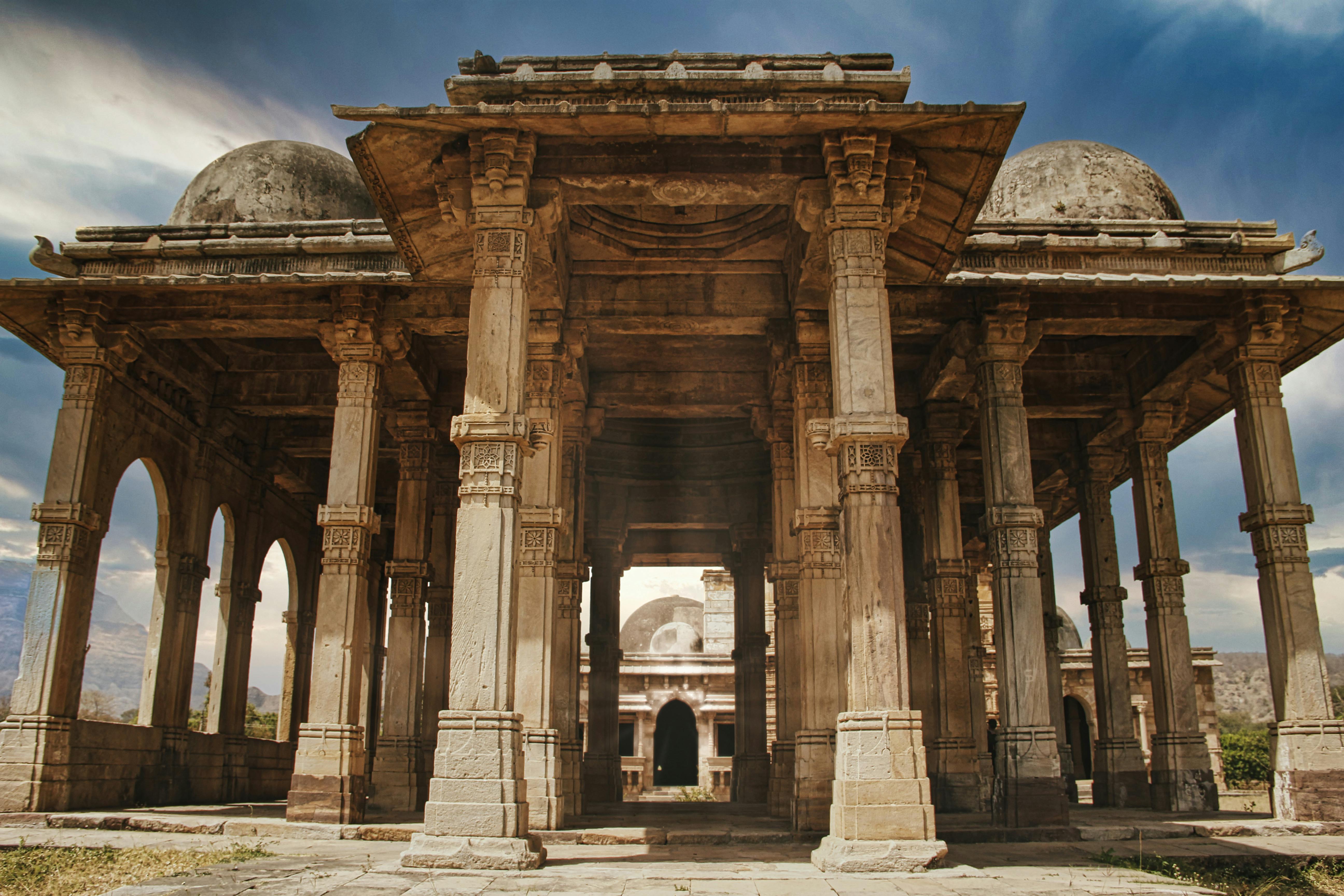India, a land of diverse cultures and rich traditions, boasts a cultural heritage that spans thousands of years. From ancient monuments and traditional crafts to languages and culinary practices, the preservation of this heritage is crucial for both national identity and global cultural diversity. In this post, we will explore the importance of preserving India’s cultural heritage and the various efforts being made to protect it.

The Importance of Cultural Heritage
1. Identity and Unity
Cultural heritage plays a pivotal role in shaping the identity of individuals and communities. It fosters a sense of belonging and unity among people, connecting them with their roots. By preserving cultural practices, rituals, and languages, we maintain the rich tapestry that binds diverse groups across India.
2. Economic Benefits
The preservation of cultural heritage can significantly boost tourism, which is a vital sector for India’s economy. Iconic sites such as the Taj Mahal, Jaipur’s palaces, and ancient temples draw millions of visitors each year, generating revenue and creating jobs. Local artisans and craftspeople can also thrive as their traditional arts receive recognition and support.
3. Education and Knowledge
Our cultural heritage serves as an educational resource, offering lessons from history and insights into ancient civilizations. By studying traditions, languages, and artifacts, future generations can learn about their past, fostering respect for diversity and promoting cultural literacy.
Efforts to Preserve Cultural Heritage
1. Government Initiatives
The Indian government has launched several initiatives aimed at preserving cultural heritage. The Archaeological Survey of India (ASI) is responsible for the conservation of historical monuments and sites. The ‘Atmanirbhar Bharat’ initiative also emphasizes the revival of traditional crafts and folk arts.

2. NGO and Community Projects
Non-governmental organizations (NGOs) and local communities play a crucial role in safeguarding cultural heritage. Organizations like INTACH (Indian National Trust for Art and Cultural Heritage) work tirelessly to educate the public and advocate for the preservation of natural and built heritage. Community-led initiatives often focus on reviving traditional handicrafts and performing arts.

3. Technological Innovations
Advancements in technology have revolutionized the preservation of cultural heritage. 3D imaging, digital archiving, and virtual reality offer innovative ways to document and share heritage. These technologies not only help in conservation efforts but also make cultural experiences accessible to a global audience online.

Challenges in Preservation Efforts
Despite the numerous efforts, challenges remain in the preservation of India’s cultural heritage. Urbanization and development often lead to the destruction of historical sites. Climate change poses threats to many cultural practices and artifacts, requiring immediate attention and sustainable solutions. Moreover, a lack of awareness and education about the importance of cultural heritage can hinder preservation efforts.
Conclusion
The preservation of India’s cultural heritage is not just a responsibility; it is a necessity for maintaining the country’s identity and richness. Through concerted efforts from the government, NGOs, communities, and individuals, we can safeguard our heritage for future generations. By valuing and protecting our cultural narratives, we contribute to a more diverse and vibrant global society.
